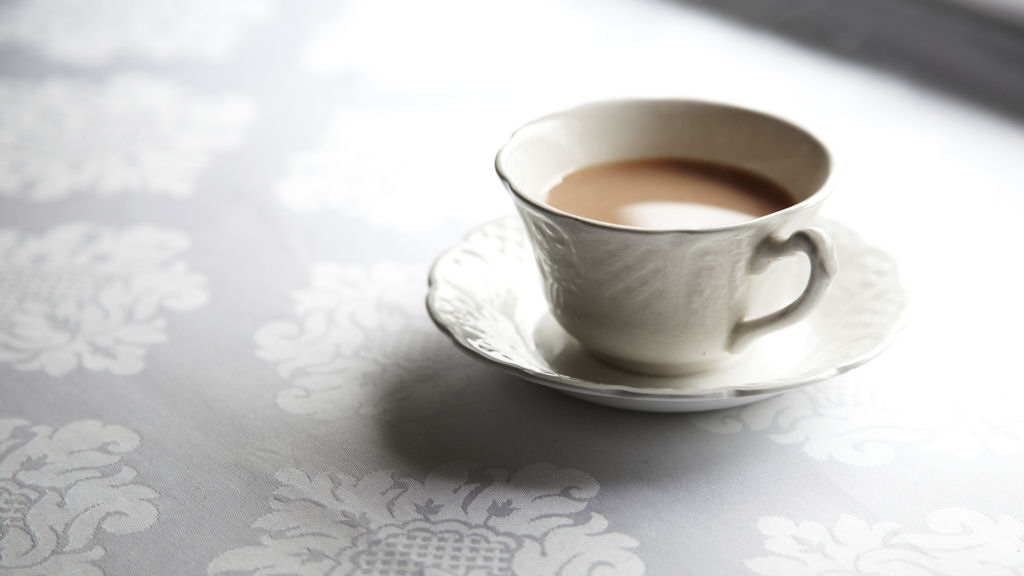We’re all middle class now – apart from the ‘precariat’
Are you the elite, the precariat or the established middle class? A new survey feeds into our uniquely British obsession by suggesting there are seven classes, rather than the traditional three.

Forget working, middle and upper. British people no longer fit into the traditional class definitions, a new survey has suggested.
Instead, the Great British Class Survey has suggested seven new class definitions, which range from the elite to the “precariat”, made up of people who earn just £8,000 or less after tax, have average savings of £800 and who are unlikely to have a university-level education.
The study, done by researchers at London School of Economics, the University of Manchester and the BBC Lab UK, found that the “working class” is a dwindling breed. Only one in seven people still fits in that traditional grouping, the team found, after analysing people’s income, assets, social connections and cultural activities in a bid to define class.
if you say “ruum” not room you’re posh. If you say “Haitch” for H you’re working class. If you enjoy Eurovision “ironically” you’re middle
— nicky clark (@mrsnickyclark) April 3, 2013
More than 160,000 people took part in the survey, the largest ever of its kind in the UK.
The new suggested class definitions include:
– Elite: The most privileged class in Great Britain, who have high levels of social, economic and cultural capital
– Established Middle Class: Described as a “gregarious and culturally engaged” class with high levels of all three capitals
– Technical Middle Class: A new, small class with high economic capital but who are less culturally and socially engaged
– New Affluent Workers: A class with medium levels of economic capital and higher levels of cultural and social capital. Young and active
– Emergent Service Workers: Another new class, with low economic capital but high levels of cultural and social capital. Young, often in urban areas
– Traditional Working Class: Not the poorest group, but low on all forms of capital, and with an older average age than other groups
– Precariat: The most deprived class, with low levels of all three kinds of capital – economic, social, and cultural. Everyday lives are precarious
Just 6 per cent of the population belong in the “elite” class at the top of society, the researchers found.
Professor Mike Savage of the London School of Economics, said: “It is striking that we have been able to discern a distinctive elite, whose sheer economic advantage sets it apart from other classes.
“At the opposite extreme, we have discerned the existence of a sizeable group – 15 per cent of the population – which is marked by the lack of any significant amount of economic, cultural or social capital.
“The recognition of the existence of this group, along with the elite, is a powerful reminder that our conventional approaches to class have hindered our recognition of these two extremes, which occupy a very distinctive place in British society.”
@channel4news I am a lawyer whose daily work is determined by managers. That is what makes me working class. Theatre going is not relevant!
— leeds7lawyer (@leeds7lawyer) April 3, 2013
Researchers found the “traditional working class” has fallen to just 14 per cent of the total population, and “is fading from contemporary importance”.
At one in four of the population, the “established middle class” is the largest group, with household income of £47,000 and some “highbrow” tastes.
“It’s what’s in the middle which is really interesting and exciting. There’s a much more fuzzy area between the traditional working class and traditional middle class,” said Professor Fiona Divine of the University of Manchester.
“There’s the emergent workers and the new affluent workers who are different groups of people who won’t necessarily see themselves as working or middle class.”
-
Latest news
-
Labour government ‘must start tackling climate crisis on day one’, says Wildlife Trust chief7m

-
King Charles pays tribute to veterans on D-Day 80th anniversary7m

-
Vaughan Gething scandal may alienate people from politics ahead of election, says Nation Cymru associate editor5m

-
Wales First Minister Vaughan Gething in tears as he loses confidence vote9m

-
‘Keir Starmer has been rumbled’ over tax, says Economic Secretary to the Treasury7m

-




